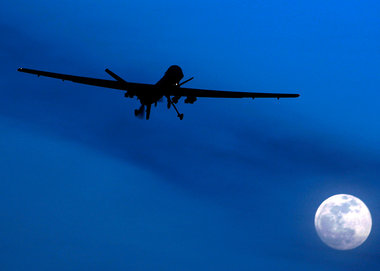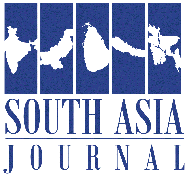
India’s alleged use of Israeli-made Harop loitering munition in its aerial attacks on entire Pakistan has dramatically increased competition between the two nuclear neighbors. Deployed to execute precision strikes, the drones were employed against civilian targets, and alarm is being raised by potential violations of international humanitarian law. While the weapons originally were intended for warfighting missions, their reported use to strike non-warlike targets has been condemned as subverting international norms to protect non-combatants from war.
Induction of such highly advanced weapons, apart from being the milestone in elevating Indian defense cooperation with Israel, is also infusing a new dynamism into the South Asian military. Others have complained that their attempt at cross-border armed action obfuscates the difference between indiscriminate violence and precision-guided military strike, particularly against civilians. These raids are seen by Pakistani authorities as aggressive aggression, and Pakistan’s leadership has made acidic comments to that end. Pakistan’s Inter-Services Public Relations (ISPR) director general, Lieutenant General Ahmed Sharif Chaudhry, said that Pakistan is justified in responding under Article 51 of the UN Charter, reaffirming the nation’s determination to protect its sovereignty.
Hostilities were further escalated when Indian authorities denounced the same Pakistan simultaneously, striking several Indian positions. The allegations have been roundly rejected by Pakistan as pure fabrications in an attempt to add legitimacy to the invasion of Indian military personnel. Pakistani government officials have tried contradicting evidence presented visually by India and disapproved the effectiveness and legitimacy of the complained-about Pakistan attacks.
In a counter-claim, Pakistan asserted that it downed five Indian war planes, Sukhoi and Rafale, after retaliatory attacks. This, if proved, will be a major blow to India’s air force and questions the capability of India to establish control over the air. The incident has been utilised by Pakistani commanders to present the image of being strategically well-prepared and strong in response to perceived aggression.
As the two sides continue to blame each other, the case has gained the attention of the international community as much as precision weapons have been deployed within urban battles. The international community has already cautioned against the escalation of use of autonomous and semi-autonomous weapons systems on the battlefield, especially if their deployment ignores civilian life as well as international humanitarian conventions.
The stakes of this war are not only in the context of South Asia. Drone bombing of civilians to normalize war in that way can be used to undermine norms that regulate modern war, and this can happen anywhere as well. There is a fear put forward by experts that in the absence of explicit denunciation and global pressure from organizations like the United Nations, what is decent conduct in the field of military operations can be redefined at the very foundation of affairs.
The shrill voices who continue to demand in the meantime are asking for an independent inquiry into the carnage of the past week and re-engagement diplomacy to soothe the waters. India and Pakistan had already cycled once through a cycle of military mobilization and international intervention thereafter. Whether this cycling is within that cycle—or a leading edge for even more war—is uncertain. The one thing that is certain is that additional use of drone technology in hot zones has the ability to further severely destabilize local networks and international security systems.
